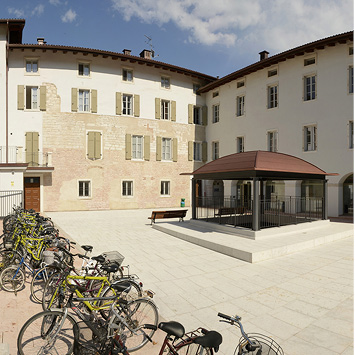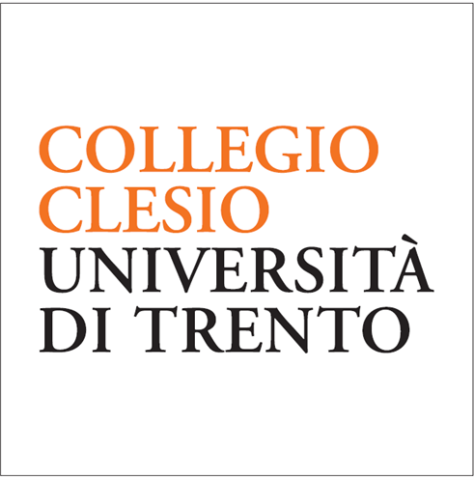

1989 was a turning point for the history of the European continent. At the start of the year, two alternative economic systems vied for the hearts and minds of its people, separated by a tight curtain both figurative and on the ground. At the end of the year, one of those systems was gone, and so many decades later some of its ruins have still not been dealt with.
For Central and Eastern Europe, 1989 was a blessing and a curse, a momentous occasion for change doomed by intrinsic contradictions. Such is the nature of the three transitions the region faced on its way to "return to normalcy": economic, political, cultural. But what exactly did this return to normalcy consist of? What can the actions and mistakes of those fateful months tell us of the reality of today's Hungary and Romania, Poland and Czechia, Slovakia and Serbia?
Péter Ákos Bod, a direct protagonist of that era of Hungarian policymaking, will help us unveiling the answers to these questions.

